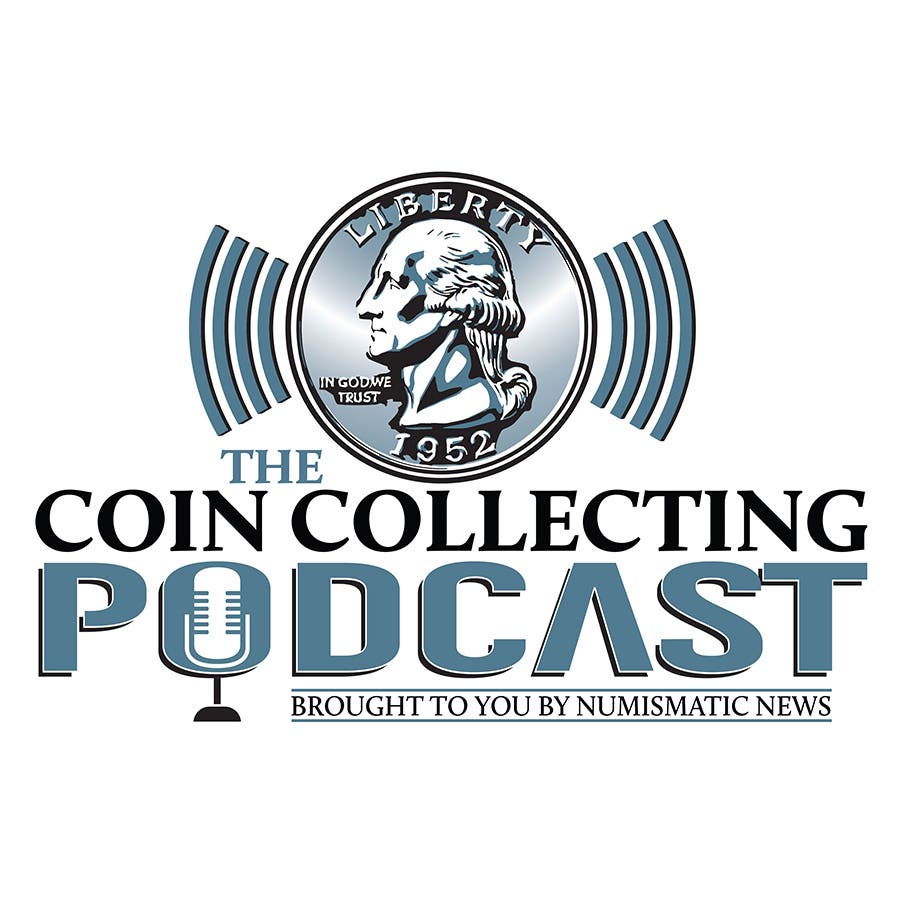Don’t place short-term metal bets
Several years ago, a customer visited my store asking to purchase some bullion-priced silver products. It was early in the calendar year. He stated that his plan was to sell…
Several years ago, a customer visited my store asking to purchase some bullion-priced silver products. It was early in the calendar year. He stated that his plan was to sell the silver in late summer to use the proceeds to pay for a child’s college tuition. He anticipated that silver’s price would rise significantly by that time.
While I agreed that the prospect for a higher silver price before late summer had a high probability of coming to pass, I urged him not to make the purchase. I explained that even when there appeared to be a strong prospect that silver’s price could rise in the short term, there were many other times where that seemed likely but it did not occur.
For a period of less than a year, I suggested that he instead put the funds in a savings account, a shorter-term certificate of deposit, or in a money market fund. That particular customer saw the sense in what I recommended and did not purchase any silver that day.
Further, there was also the increased risk that, even if the price of silver did increase some, the retail buy/sell spread might still turn the purchase into a loss when it was time to sell. On large purchases of bullion-priced silver, it is not unusual to see a buy/sell spread of 8-12 percent. What that means is that, assuming premium levels don’t change (which tend to fall slightly as spot prices rise), the price of silver would have to increase at least 10 percent just for the owner to break even. If retail premiums decline as the spot price increases, then the price of silver would need to rise even further to reach breakeven.
Physical gold and silver have multi-thousand-year track records of serving as money and never failing. That is why they are often described as safe haven assets.
In contrast, fiat (paper) currencies have an average life of 25-40 years before they collapse, depending on whether you are looking at the median or mean average span. Governments today are continuing the same reckless fiscal practices as they have in decades and centuries past, so don’t expect any miracle changes to this pattern.
Further, most of the trading of precious metals today is in the form of paper contracts such as commodity futures contracts, options, exchange traded funds, certificates, and the like. People who tell themselves that they are actually purchasing gold or silver when they purchase these paper forms too often end up owning nothing – such as happened to too many people when MF Global went bankrupt in late 2011. These paper assets may be suitable for the very short term, but not necessarily for the long run.
There are significant indications that the supply/demand and inventory levels of physical gold and silver face overall shortages over the long term. That should push up prices of precious metals against fiat currencies even if the currencies themselves hold their value. If currencies continue to depreciate, as almost all of them are doing today, gold and silver values could rise even more quickly.
However, if you have been following precious metals prices for any length of time, you already know that what “ought” to happen does not necessarily come to pass or that it takes far longer than makes any kind of sense.
It is for these reasons that I think it is prudent to follow these guidelines when considering the ownership of gold and silver:
• Own specific physical precious metals in your direct custody and control or stored in segregated storage in accounts established in your own name at facilities that are not owned by the company that sold you the product. If you own large ingots, make sure you know the serial numbers, hallmark and exact weight of each one.
• Only allocate a limited percentage of your net worth or investment portfolio to precious metals. For most people, I consider about 10 percent of the total to be sensible. For even the most aggressive purchasers of precious metals, I recommend a limit of one-third of the total.
• Plan to hold onto your precious metals as a long-term form of wealth insurance. In my mind, it would be best to plan on your heirs receiving your gold and silver out of your estate. In other words, I don’t consider this core position in physical precious metals to be used for trading in and out of the market.
Patrick A. Heller was the American Numismatic Association 2017 Exemplary Service and 2012 Harry Forman Numismatic Dealer of the Year Award winner. He was also honored by the Numismatic Literary Guild in 2017 and 2016 for the Best Dealer-Published Magazine/Newspaper and for Best Radio Report. He is the communications officer of Liberty Coin Service in Lansing, Mich., and writes “Liberty’s Outlook,” a monthly newsletter on rare coins and precious metals subjects. Past newsletter issues can be viewed at http://www.libertycoinservice.com. Some of his radio commentaries titled “Things You ‘Know’ That Just Aren’t So, And Important News You Need To Know” can be heard at 8:45 a.m. Wednesday and Friday mornings on 1320-AM WILS in Lansing (which streams live and becomes part of the audio and text archives posted at http://www.1320wils.com).
This article was originally printed in Numismatic News. >> Subscribe today.
More Collecting Resources
• Purchase your copy of The Essential Guide to Investing in Precious Metals today to get started on making all the right investing decisions.
• The Standard Catalog of World Coins, 1901-2000 is your guide to images, prices and information on coinage of the 1900s.



